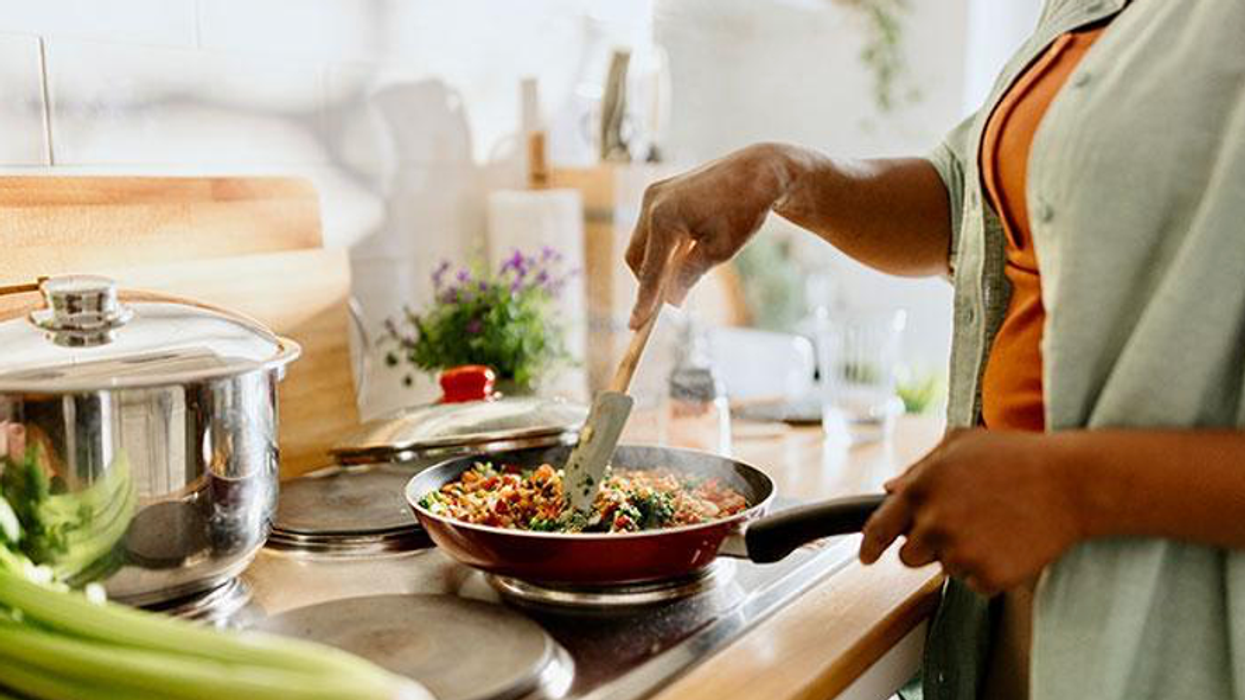The fitness and wellness industry is evolving at a remarkable pace, driven by technological advancements and a growing emphasis on holistic health. From wearable tech to at-home workouts and comprehensive wellness practices, these trends are reshaping how people approach their health and fitness goals. Here’s a closer look at the latest trends making waves in the industry.
1. Wearable Tech
Wearable technology has become a cornerstone of modern fitness. Devices like smartwatches, fitness trackers, and heart rate monitors provide real-time data on various health metrics, including steps taken, calories burned, heart rate, and sleep patterns. According to a report by Gartner, the global market for wearable devices is projected to reach $81.5 billion by 2021, underscoring their growing popularity .
These devices not only track physical activity but also offer personalized insights and recommendations. For instance, advanced wearables can monitor blood oxygen levels, track stress through heart rate variability, and even provide ECG readings. The integration of AI and machine learning in these devices helps users optimize their workouts and maintain overall health.
2. At-Home Workouts
The pandemic-induced lockdowns spurred a massive shift towards at-home workouts, a trend that continues to thrive. With the closure of gyms and fitness centers, people turned to home-based fitness solutions, leading to a surge in demand for home gym equipment, online fitness classes, and workout apps.
Platforms like Peloton, Mirror, and Tonal have revolutionized the at-home workout experience by offering interactive, on-demand classes that simulate a gym environment. According to the International Health, Racquet & Sportsclub Association (IHRSA), the home fitness equipment market saw unprecedented growth, with sales of fitness equipment increasing by 170% in 2020 .
Virtual fitness communities have also emerged, providing a sense of camaraderie and motivation through online classes, live-streamed sessions, and fitness challenges. These communities help individuals stay accountable and connected, enhancing the overall workout experience.
3. Holistic Wellness Practices
Holistic wellness, which emphasizes the interconnectedness of mind, body, and spirit, is gaining traction as people seek comprehensive approaches to health. Practices such as yoga, meditation, and mindfulness are becoming integral parts of fitness routines, focusing on mental well-being alongside physical health.
Yoga and meditation apps like Headspace and Calm have seen significant growth, with more people turning to these practices to manage stress, improve focus, and enhance emotional resilience. According to the Global Wellness Institute, the wellness economy is projected to reach $6.75 trillion by 2030, reflecting a growing awareness of holistic health .
Additionally, nutrition plays a crucial role in holistic wellness. Personalized nutrition plans, often guided by genetic testing and microbiome analysis, are helping individuals optimize their diets based on their unique health profiles. This trend towards personalized, data-driven nutrition aligns with the broader movement towards individualized health and wellness solutions.
The fitness and wellness industry is undergoing a transformative shift, with wearable tech, at-home workouts, and holistic practices leading the charge. These trends offer more personalized, convenient, and comprehensive approaches to health, catering to the diverse needs of individuals in today’s fast-paced world. As technology continues to advance and the focus on holistic health deepens, the future of fitness and wellness promises to be more integrated and accessible than ever before.









 Karla Mingo believes that her greatest gift as a cancer survivor is the ability to live with gratitude and thankfulness.
Karla Mingo believes that her greatest gift as a cancer survivor is the ability to live with gratitude and thankfulness.



